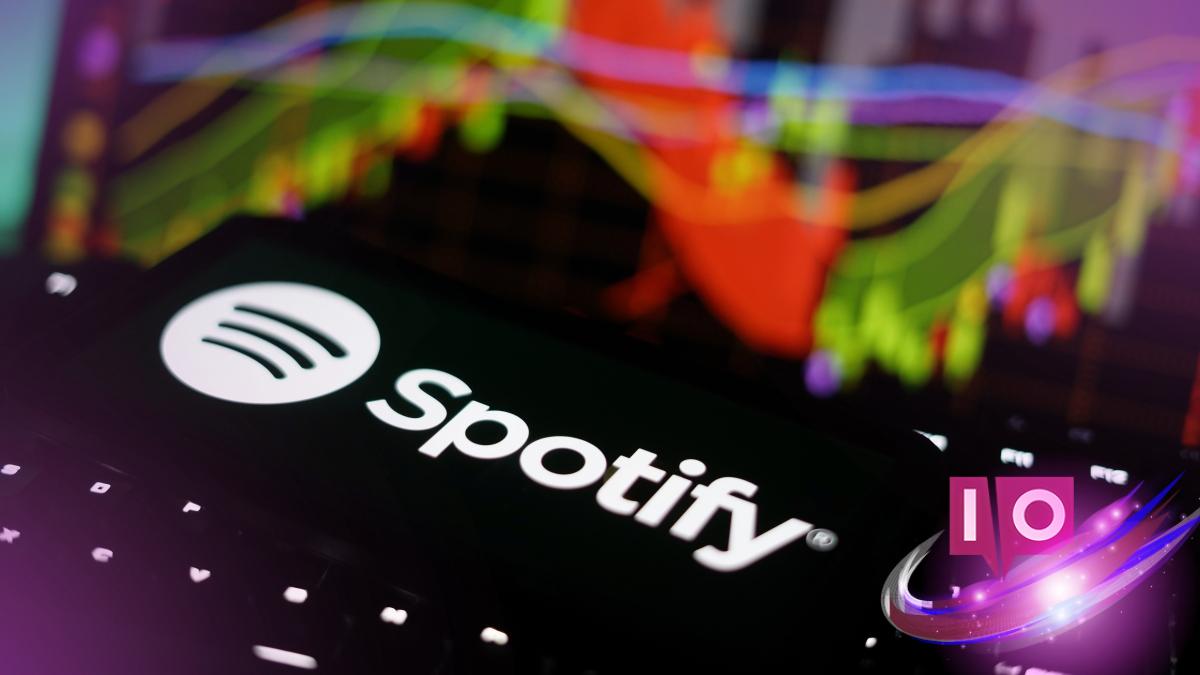After much anticipation, Spotify has officially launched its lossless audio feature for Premium subscribers, enhancing the way many people enjoy music on the platform. If you’re a music aficionado or just someone who appreciates high-quality sound, this exciting update is worth exploring. Below, we’ve gathered essential information about Spotify Lossless to help you understand what it offers and how it can enhance your listening experience.
Spotify is known for its commitment to quality and user experience, and now, with the introduction of lossless audio, they have taken it a step further. This new feature aligns with their mission to provide the best possible service to their users.
What is Spotify Lossless?
Spotify Lossless offers a premium listening experience through CD-quality audio. This means you can now stream music at 24-bit/44.1 kHz FLAC, a minimally compressed format that captures the essence of sound as intended by the artists. You’ll notice the richness in the audio quality, allowing for a more immersive experience.
How Good is Spotify’s Audio Quality with Lossless?
With lossless audio, you’ll enjoy all the original details that a song possesses. You can expect to hear every instrument clearly, from vivid percussion to subtle nuances that typically get lost with regular compression. Even Spotify’s current highest option, at 320kbps, can’t compare to the depth and clarity provided by lossless streaming.
Is Spotify Lossless Included with Premium?
Yes, you can access lossless streaming without any additional fees if you’re already a Spotify Premium subscriber. This decision keeps things straightforward, allowing you to enjoy high-quality music without the worry of increased costs.
How to Enable and Use Spotify Lossless Audio?
If you’re a Premium member eager to access this feature, here’s how to enable lossless audio:
- Open the Spotify app and tap the profile icon in the top-left corner.
- Select Settings and privacy > Media quality.
- Choose the Lossless option for your desired streaming quality.
- This can be set for Wi-Fi, cellular, and downloading music.
Remember that you’ll need to enable lossless on each device separately, as it doesn’t automatically carry over.
Does Spotify’s Lossless Streaming Consume More Data?
Absolutely. Given its high-quality nature, lossless audio consumes significantly more data. For instance, a typical 3 to 4-minute song can use between 30 to 40 MB, leading to around 1 GB for an hour of audio streaming. It’s advisable to enjoy such quality over Wi-Fi, although Spotify does permit downloads in lossless format for offline listening.
Where is Spotify Lossless Available Now?
As of September 2025, Spotify Lossless is rolling out to Premium users across various countries, including the US, UK, Australia, Germany, and more. The feature will continue to expand to over 50 markets throughout October, with in-app notifications for eligible users.
Which Devices Support Lossless on Spotify?
You can experience Spotify Lossless on the app across devices like Android, iOS, Windows, and macOS. Furthermore, devices that support Spotify Connect, such as products from Sony, Bose, and Samsung, will also be compatible.
Do You Need Special Hardware to Enjoy Lossless?
No specialized hardware is necessary to listen to lossless audio. However, to truly appreciate the improved sound quality, consider using:
- Wired headphones or IEMs to avoid Bluetooth compression.
- A DAC (Digital-to-Analog Converter) for enhanced audio output.
- Spotify Connect devices for a superior experience.
- High-res Bluetooth earbuds supporting LDAC or similar codecs.
Is Spotify Lossless Better than Apple Music?
Spotify streams at 24-bit / 44.1 kHz FLAC, while Apple Music offers Hi-Res streaming up to 24-bit / 192 kHz with Dolby Atmos support. If ultimate sound quality is your goal, Apple Music might be a better fit. However, for most listeners, Spotify Lossless is more than sufficient.
Spotify Lossless might have taken longer to arrive than expected, but it’s finally here, bringing exceptional audio quality without additional costs. Dive into this new feature and amplify your listening experience.
For more insights and discussions on the latest in music streaming, feel free to explore related content at Moyens I/O.
